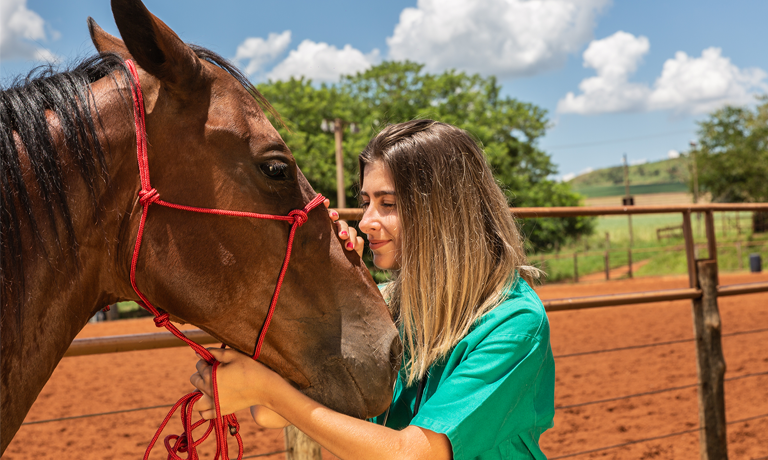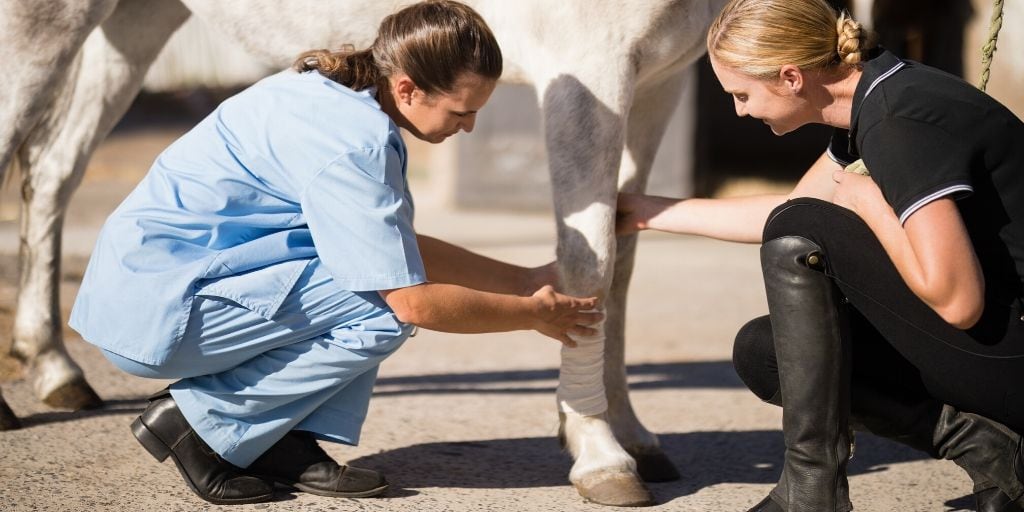
A set of hoof testers can help you pinpoint the location of an abscess.
LAME HORSE MEANING HOW TO
“Your veterinarian can teach you how to assess the foot for digital pulses and increased heat in the hoof capsule or hoof wall,” Fallon said.


If you suspect a hoof abscess, Fallon said, there are telltale signs to look for.įeel for heat and/or a pulse in the hoof.Įven if you don’t have hoof testers available, there are signs you can look for, including heat and/or a pulse in the foot.
LAME HORSE MEANING CRACK
That allows the hoof wall to crack and become shelly and split, which, in turn, can allow bacteria to track into the more sensitive regions of the hoof.” “The white line along the solar surface of the hoof wall will open and close, and the quality of the periople-the waxy hoof coating that extends down from the coronet band and is similar to the cuticle on a human fingernail-can be compromised. “Abscesses are quite often associated with changes in the moisture content in the soil or environment,” Fallon added. If they have any decreased range of motion or pain associated with manipulation of the upper joints, from the fetlock up through the shoulder, you may well have a lameness that is not caused by the foot. In a front leg, a lot of times you can tell if it’s a hoof abscess by whether the horse is willing to flex or extend the fetlock joint, the carpus (knee) joint, and the elbow and shoulder. “Sometimes, if it’s in a hind leg, it’s hard to determine whether it’s in the foot or up higher-in the stifle or hip region-because often they’ll show the same sort of lameness. “A horse with a foot abscess can look like he’s got a fractured leg,” said Fallon.

To a worried owner who finds a horse or pony three-legged lame in his pasture, that can look like extremely serious. Read on to find out the signs that distinguish an abscess from another problem, what to put in your hoof-soaking solution, and what management techniques can help reduce your horse’s chance of getting a hoof abscess.Ī hoof abscess can look terrifying to a horse owner, because it can cause severe lameness that appears to come on suddenly. Luke Fallon of Hagyard Equine Medical Institute for his best tips about dealing with hoof abscesses, including identifying, treating, and avoiding them. Hoof abscesses can be painful for your mount and cost you time in the saddle.


 0 kommentar(er)
0 kommentar(er)
